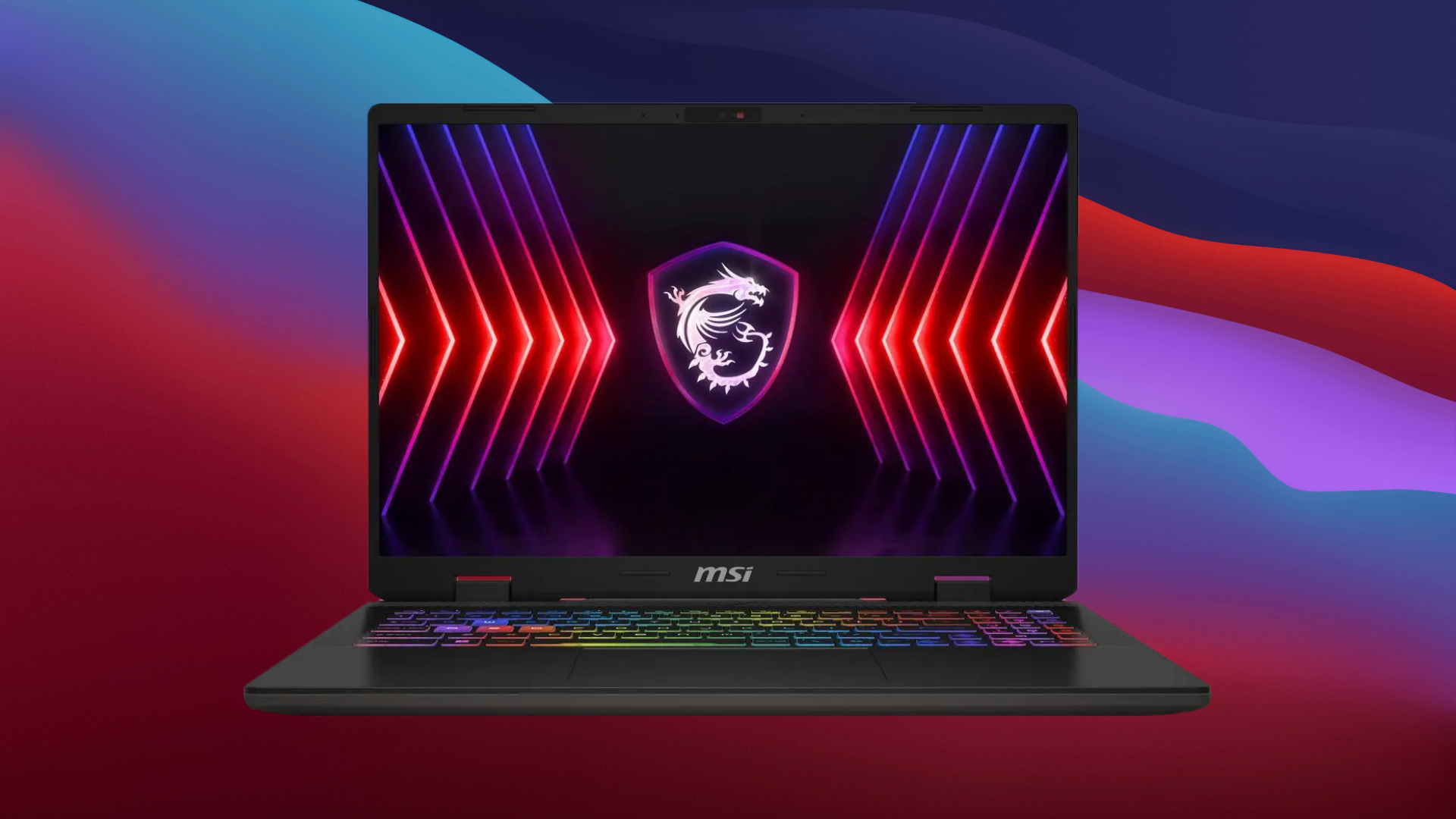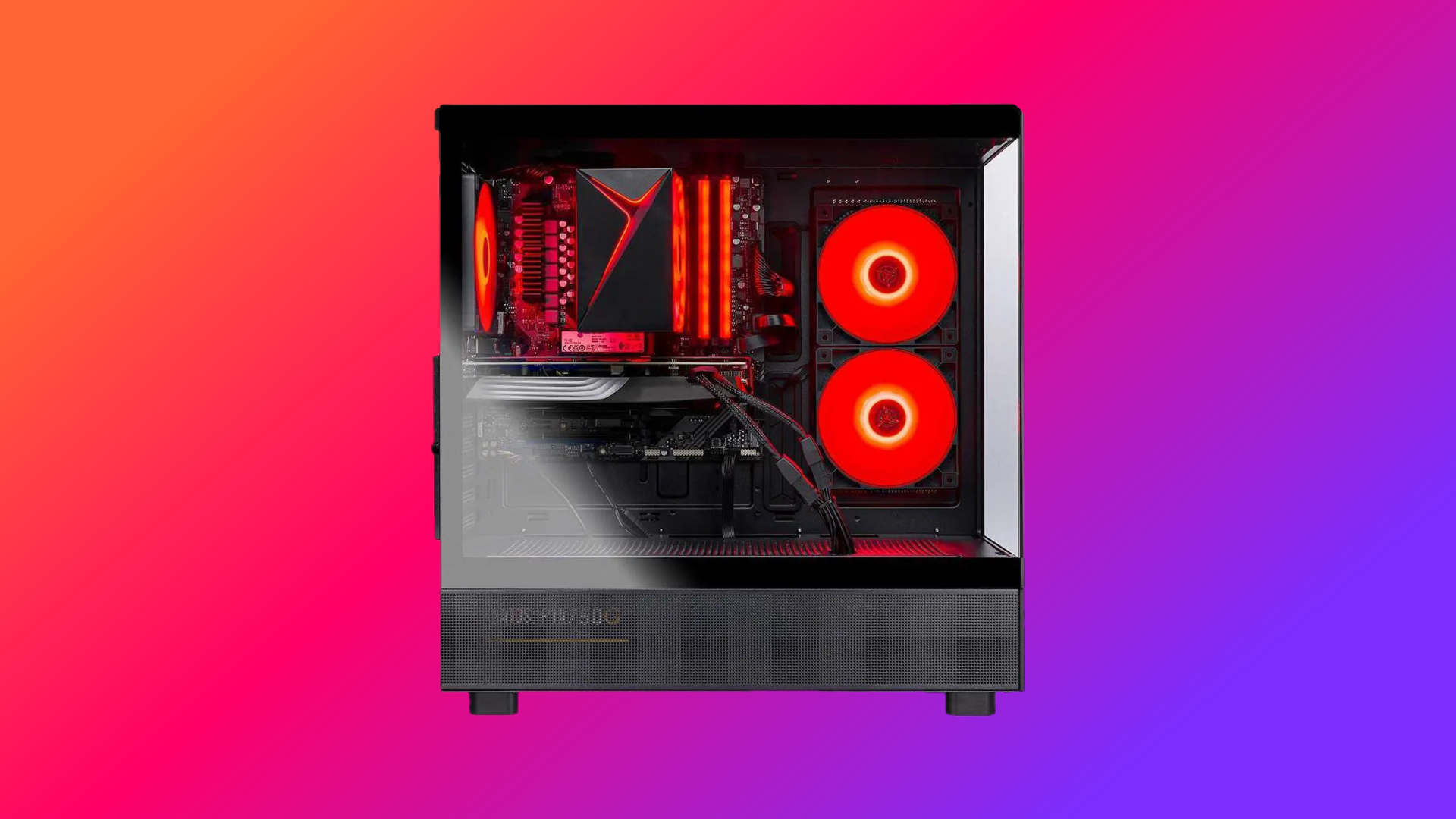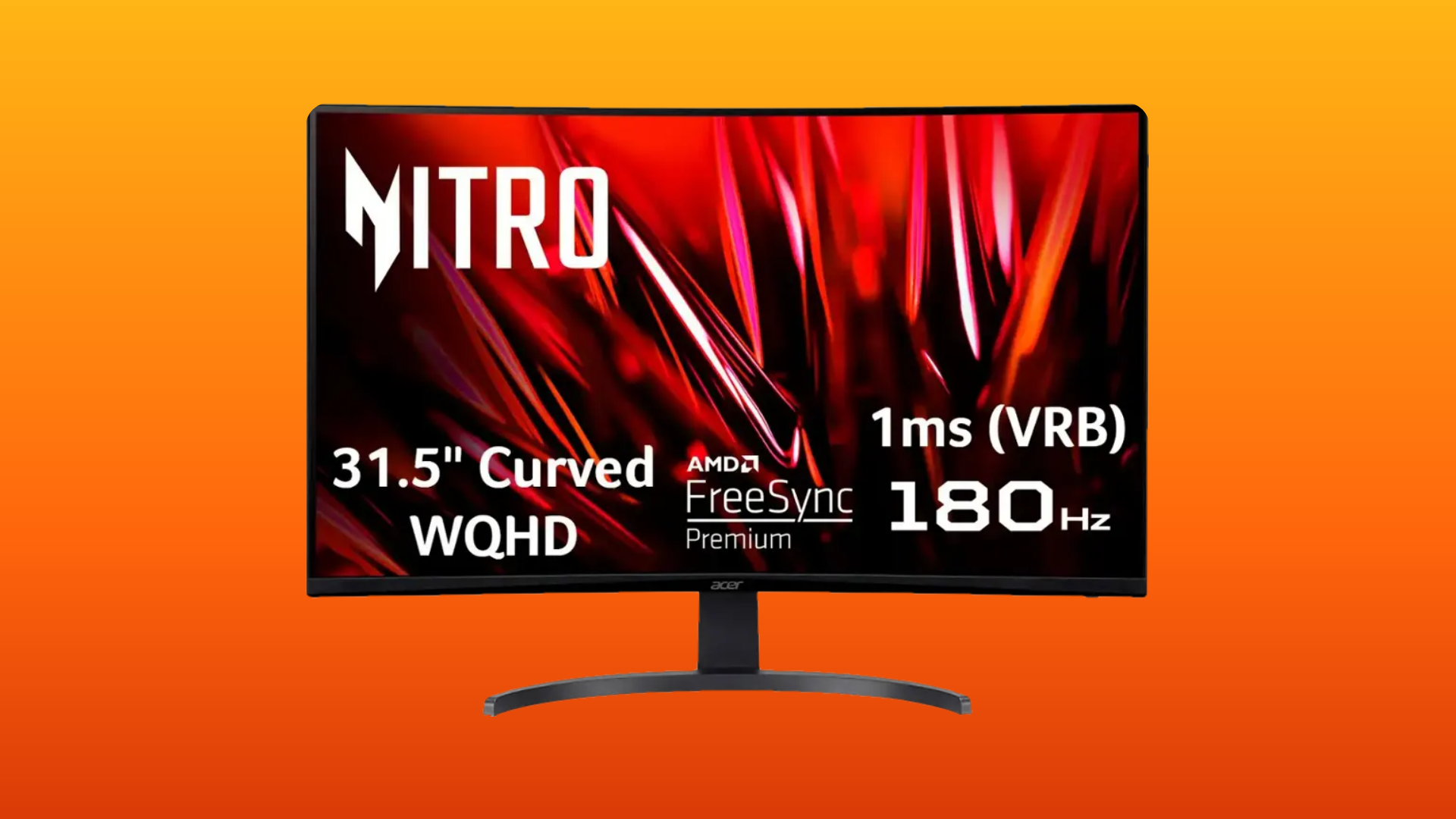Discover how to build a powerful budget gaming PC for 2025. Learn about smart component prioritization, from GPUs to power supplies.
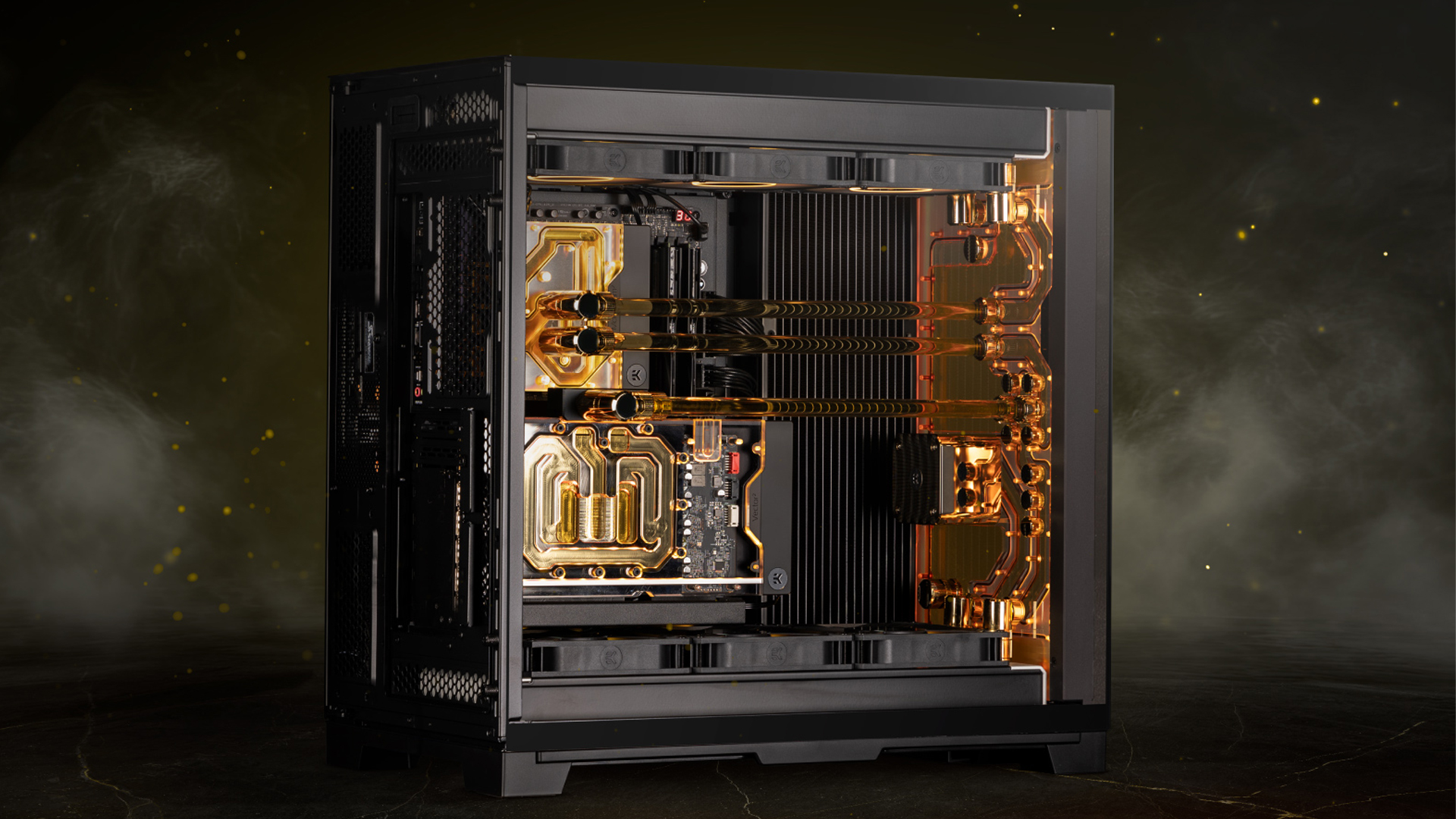
The budget segment makes the most sense in every department. Brands have their halo products out there for people to create hype, but in reality, it’s the budget and mid-range tiers that generate serious revenue for them. Yet, the budget section is always the most lacking luster in most cases. Building a budget gaming PC that is incredibly capable is challenging. This article aims to maximize gaming performance while keeping costs down, and below are the steps that indicate how to do the same.
GPU: Your Top Priority When Building a Budget Gaming PC
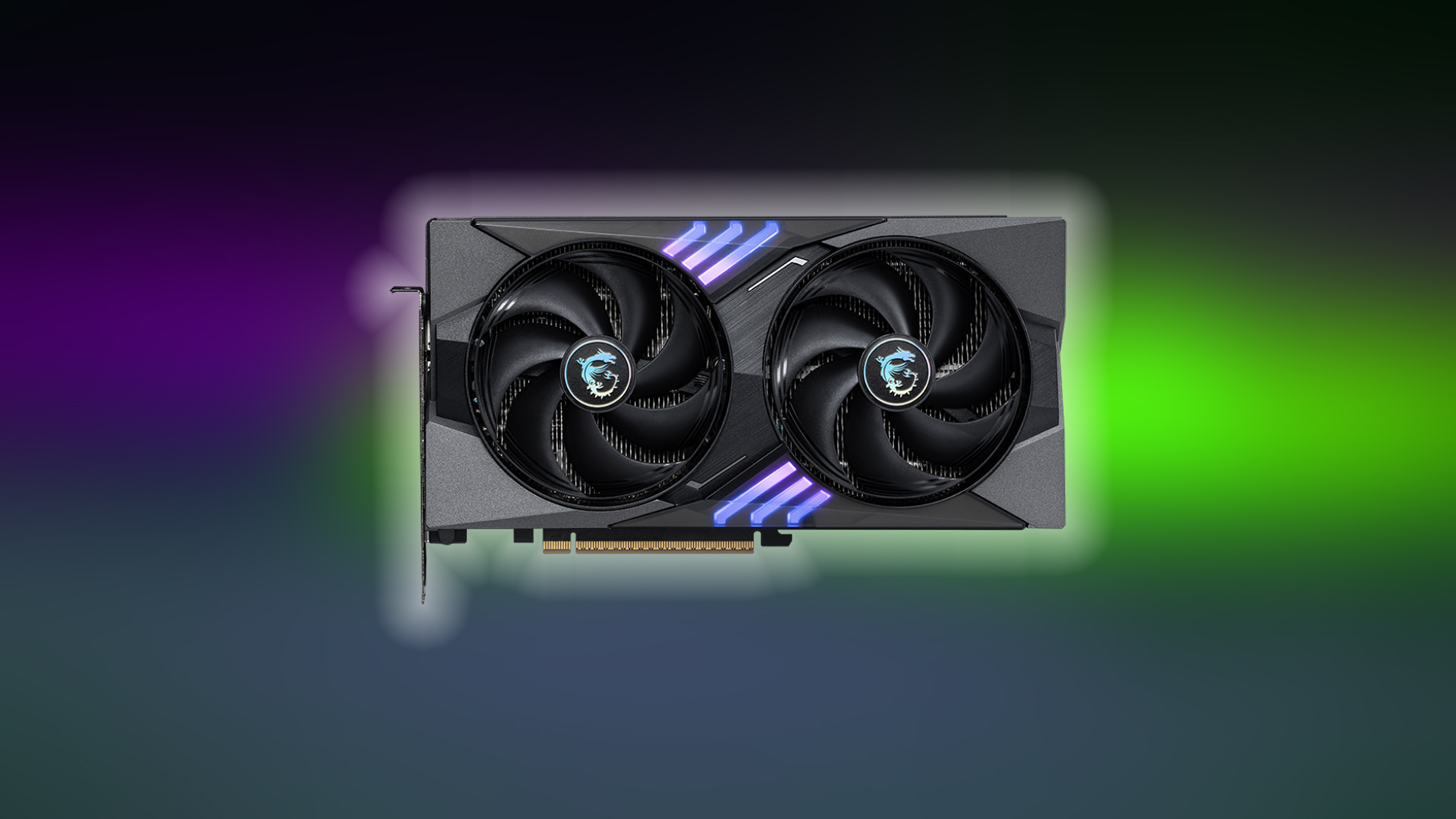
As of 2025, considering gaming optimizations and how CPUs have evolved in terms of multithreading capabilities. GPU is the most significant aspect of consideration. Allocate around 30% of your total budget to this aspect, even if you go the used route for the best value for your money.
Currently, the Intel Arc B580, RTX 4060, and RX 7600 are budget-friendly, brand-new options. The Arc is specifically a 1440p card, while the others are great for 1080p gaming scenarios. When choosing a GPU, buy the minimalistic model; there is little to no use under budget, going for the ROG-Astral or Supreme X flagship models.
CPU: The Supporting Foundation
For the CPU section, you do not need to overspend here. Yes, there are incredibly specced CPUs out there. Still, your GPU tier mentioned above is easily drivable with the CPUs discussed below, and even these can drive mighty Ampere hardware such as RTX 3080 and 3080 Ti.
- Pick CPUs like Intel Core i5 13400F, Core i5 12400F or Ryzen 5 7500F, Ryzen 5 7600.
- Pick at least six cores; the higher the core count, the better
- Please refrain from choosing old Xeons from banggod or Alibaba; those are outdated and not recommended here.
- AM5 is the best upgrade path available at the moment. You can easily slot in 8+ core CPUs if you pick a decent motherboard.
- Please pair an aftermarket CPU cooler and do not rely on the provided stock cooler. Shader compilation within games can spike CPU power draw immensely, and a stock cooler will be unable to keep up.
RAM: Don’t Go Below 16GB
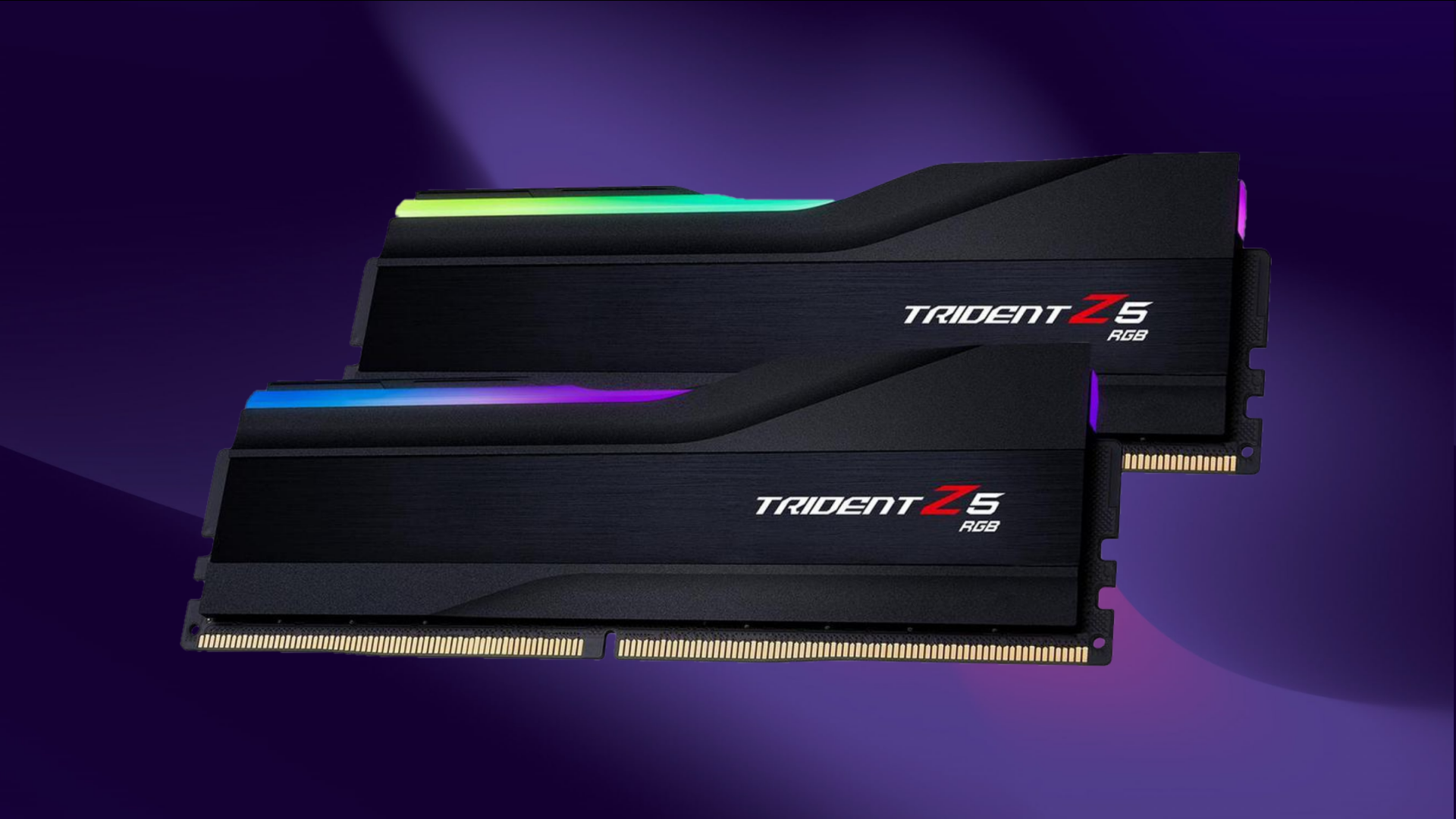
- 16GB is the bare minimum for gaming today. Ironically, 32GB will be the new 16GB in 2025. You can thank game developers for this, and yes, Chrome, too.
- Pick DDR5 even if you can get cheap DDR4 in stock. DDR5 is here to stay, and that too for a long time. Alternatively, pick DDR4 if your motherboard choice forces you to.
- Go for 2×8 GB kits instead of putting in a lonely 1x16GB stick; the performance difference between single-channel and dual-channel is night and day.
Storage: Prioritize an SSD
- Start with at least a 500 GB – 1 TB NVMe SSD, and don’t use a hard drive for your games and operating system.
- Add a secondary HDD later if you need more storage.
- Skip PCIe 5.0 drives – PCIe 4.0 or even 3.0 provide excellent performance for gaming.
- Avoid cheap, unknown brands for security and reliability reasons.
Power Supply: Don’t Skimp Entirely
- Choose at least an 80+ Bronze certified PSU from a reputable brand.
- 550- 650W is typically sufficient for budget builds. With this capacity, you could easily slot in a good used 3070 or 3070 Ti.
- Semi or fully modular designs make building easier
- A quality PSU protects your other components and allows you to upgrade in the future.
Motherboard: Keep It Simple
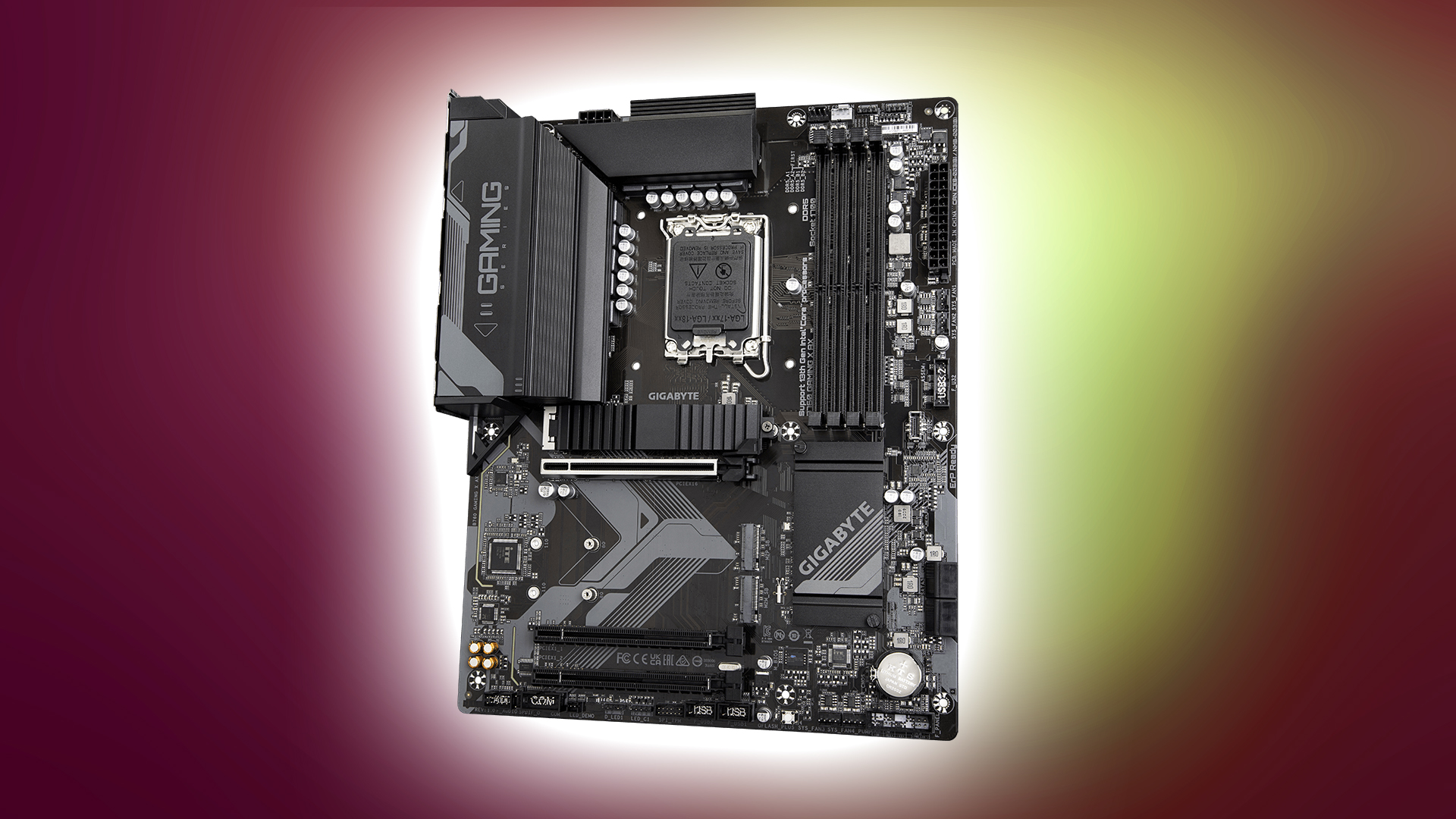
- Focus on compatibility and basic features, not premium options
- B-series boards (B650 for AMD, B760 for Intel) offer good value. If you run short on budget, H series or A series boards from Intel and AMD can also work.
- Ensure it has enough ports and slots for your needs.
- Built-in Wi-Fi is a plus, but not essential.
Case: Function Over Form
- Prioritize airflow over aesthetics.
- Ensure it fits your motherboard form factor.
- Look for included fans to save money.
- Check the clearance for the GPU and CPU cooler.
- You can go for brands such as Gamdias, Jonsbo, or anything cheap Chinese ones, just don’t buy ones that come with a PSU.
Smart Buying Strategies
- Watch for sales, especially on last-generation components.
- Consider buying specific components used (cases, power supplies).
- Build gradually, starting with the essential components.
- Compare pre-built options against your build for price reference.
With these recommendations, you can easily achieve a build that balances every component rather than overspending in one area. The system you build following this guide and countless media outlets across the internet will surely deliver a solid gaming experience at 1440p and 1080p without bottlenecks and reliability issues.
Looking For More Related to Tech?
We provide the latest news and “How To’s” for Tech content. Meanwhile, you can check out the following articles related to PC GPUs, CPU and GPU comparisons, mobile phones, and more:
- 5 Best Air Coolers for CPUs in 2025
- ASUS TUF Gaming F16 Release Date, Specifications, Price, and More
- iPhone 16e vs iPhone SE (3rd Gen): Which One To Buy in 2025?
- Powerbeats Pro 2 vs AirPods Pro 2: Which One To Get in 2025
- RTX 5070 Ti vs. RTX 4070 Super: Specs, Price and More Compared
- Windows 11: How To Disable Lock Screen Widgets
 Reddit
Reddit
 Email
Email
